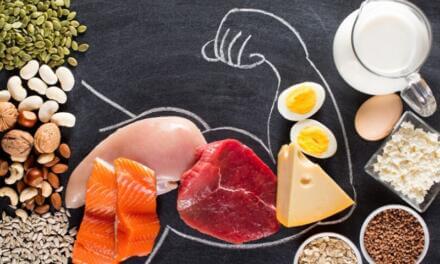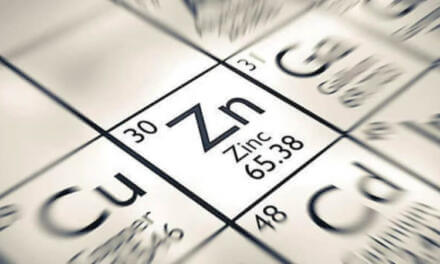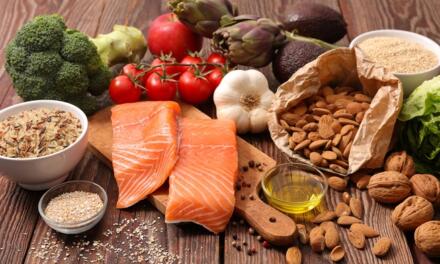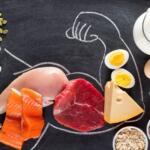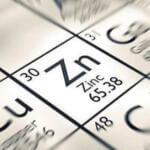There is no doubt at all about the positive influence of sport on our health. However, training alone is not enough to get and hold optimum health: That depends on balancing all nutritional areas, lifestyle, diet, and exercises. Does your diet compensate for your lifestyle?
Understanding What Dialy Vitamins You Need
Since food preparation and storage deplete nutrients in food, it becomes impossible to get 100% of the nutrients you need from the foods you eat. Poor nutrition takes its toll on the physical and mental side of health. The claim that all of our nutritional needs can be fulfilled with a ‘knife and fork’ may not be valid for many people with an active lifestyle. It is vital to determine your particular nutritional needs based on your body type, daily stress, and training.
More and more people are becoming aware of the main ingredients necessary for a finely tuned and fit body. They know that all life is made from molecules and that the structure of these molecules, not their source, determines their function.
Since we understand the origin and developments of the human body, we can do something to safeguard your general welfare. Together with proper training, the fulfilling of your body’s nutritional needs will make you grow.
Fuel and Non-Fuel Nutrients
The body needs two types of nutrients those which ‘bring’ calories, the so-called fuel nutrient, and the non-fuel nutrients. Studies have indicated that exercise increases the need for B-complex vitamins, essential in metabolizing fats and carbohydrates. Vitamin C contributes to the oxygen-carrying capacity of the blood and the manufacture of collagen to repair injuries. Vitamin E is an oxidant that helps increase endurance.
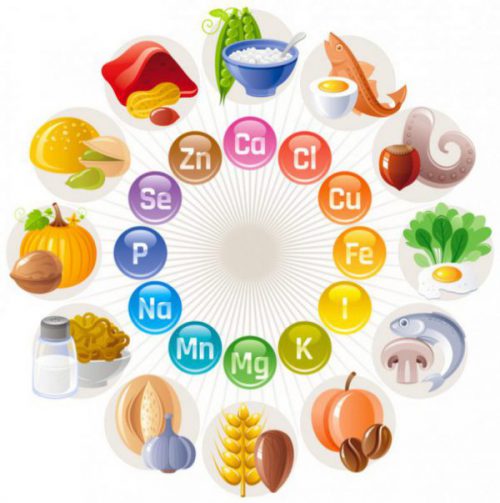
Protein and Amino Acids
We use protein everywhere in the body. It forms the contractile elements of muscle, and various forms make up the cell membrane and transporting mechanisms in our blood, most of our hormones and digestive enzymes, our skin, hair, and fingernails.
Amino acids are the basic building blocks from which all proteins are formed. Of the 23 known amino acids, 13 of these can be synthesized by the body. The ten amino acids we can’t synthesize to form the building blocks must be obtained from our food if we don’t want to walk the tightrope with our health and fitness.
Minerals control our heartbeat and the contracting of all other muscles, help conduct nerve impulses and regulate body fluids. When training, we use potassium more rapidly, partly because of the elevated temperature. Potassium widens the blood vessel, increases the blood flow, and carries heat away from the muscle. Potassium is excreted from the body via sweat. Thus an athlete must constantly be on guard to replenish their potassium supply.
Best Vitamins To Take Daily
Vitamin B50 Complex
Active ingredients: Fats and carbohydrates are transformed into energy; hair, eyes, nerves, and skin are held in optimum conditions by this B50 complex.
Vitamin B1
Active Ingredients: Thiamine Hydrochloride. B1 is required for Lipid synthesis from carbohydrates. Necessary for the formation of enzyme acetyl-CoA. Plays a crucial role in nerve-muscle and heart function. And is involved in the flow of electrolytes into and out of muscle and nerve cells.
Vitamins B2
Active Ingredients: Riboflavin. This water-soluble is essential in regulating the oxidation of food in your body. In addition, it is required in the making of glutathione reductase enzyme. Riboflavin plays an important role in breaking down nutrients in our foods, including carbohydrates, fats, and proteins, to give us energy. Without riboflavin, our bodies wouldn’t be able to function.
Some preliminary work suggests riboflavin supplementation before and during long workout sessions may reduce muscle pain and accelerate recovery.
Vitamin B6
Active Ingredients: Pyridoxine Hydrochloride, B6 plays a role in many aspects of metabolism. It is required for proper utilization of proteins and amino acids and for growth Necessary for fatty acid synthesis.
Studies have shown that the higher your protein consumption, the more vitamin B6 is needed to support the metabolism of the increased protein intake.
Vitamin B12
Active Ingredient: Cyanocobalamin. Vitamin B12 increases RNS synthesis, improves learning, and is an essential nutrient. It is the only vitamin with the metal Cobalt and the only one not found in vegetables. Important in the making of red blood cells.
Vitamin B15
Active Ingredient: Calcium Pangamate. B15 is necessary for the growth of bones and teeth and for the proper functioning of muscles.
Vitamin C
Active Ingredients: Ascorbic Acid. A maintenance dosage of vitamin C is required to survive. We need a daily supply to regulate dentine, to stimulate the white cells which identify and destroy unwanted invaders such as bacteria and viruses. It is an effective general immune stimulant.
Vitamin C is required for collagen synthesis and, therefore, for wound healing. Without the presence of large amounts of vitamin C, severe nerve damage occurs. This non-acidic form reduces the risk of stomach acid upsets.
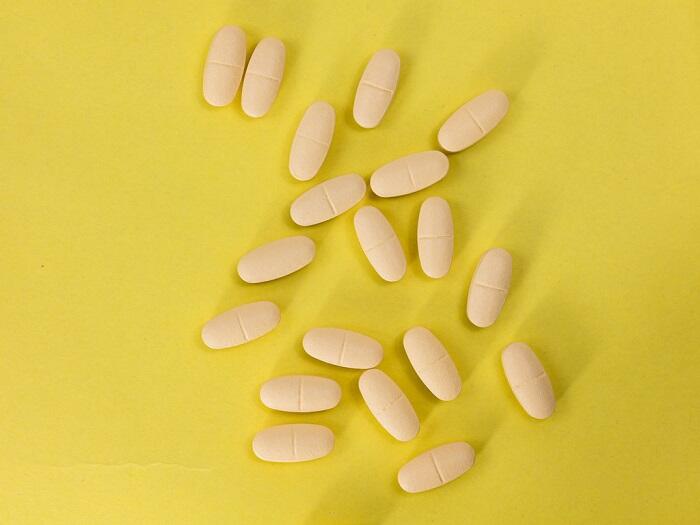
Vitamin E
Active Ingredients: Vitamin E Absorbate. E 100 exerts a significant stimulatory effect on the immune system. It is involved in healing wounds and stimulates the growth of muscles.
Potassium
Active Ingredient: Potassium gluconate. Potassium is low while we are training. Thus an athlete must replenish their potassium supply. It widens the blood vessel and increases the blood flow.
Wheatgerm Oil
The natural source of vitamin E does not contain estrogens. Serves as a lipid and membrane antioxidant, perhaps damage by uncontrolled reactions of oils and fats with oxygen, for energy and better muscle function.
Kelp/Alfalfa
Active Ingredients: Kep and alfalfa. Alfalfa brings a well-balanced amount of mineral and trace elements and stimulates muscle stretching. Kelp helps to absorb proteins.
Folic Acid
Helps form red blood cells. Assists in the breakdown and utilization of protein. Essential during pregnancy for its importance in cell division. In its active form (the so-called methyl-containing form) folate stabilizes proteins, nucleic acids, and membranes of cells as well as supporting brain function.
Sodium
Regulates body fluid levels involved in activating muscular contraction. Sodium is available in common table salt and most foods except fruit, particularly animal foods, seafood, milk, and eggs. Excess sodium increases water retention and is associated with elevated blood sugar levels. Lack of sodium can cause muscular weakness and cramping RDA 1100-3300mg.
Calcium
Essential for the strength of bones and teeth. Found in milk products; vegetables such as kale, turnip greens, and mustard green; tofu; and seafood such as sardines, clams, and oysters. Lack of calcium can cause muscle cramping and, in the long term, muscle osteoporosis.
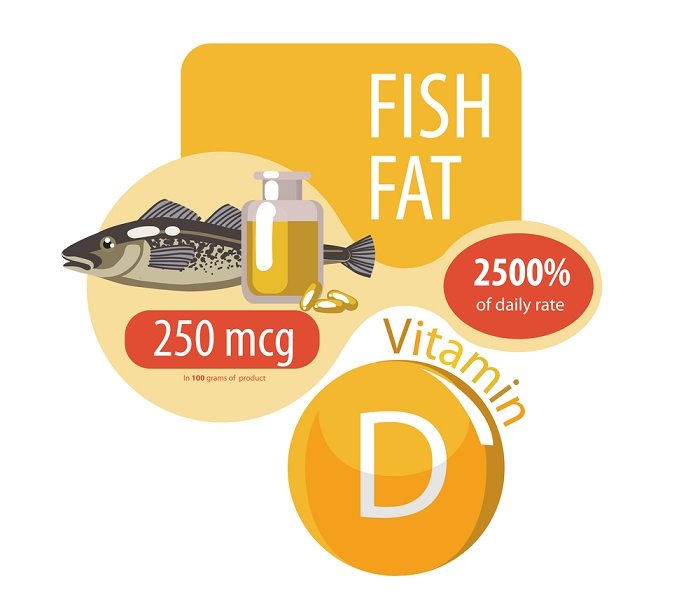
Vitamin D
And lastly, Vitamin D3 is called the sunshine vitamin because it is manufactured in human skin when in contact with ultraviolet light. Experts believe Vitamin D is essential for bone health. However, insufficient levels of Vitamin D increase the risk of many types of disease, including osteoporosis, heart disease, stroke, some cancers, type 1 diabetes, multiple sclerosis, tuberculosis, heart disease, stroke, and even the flu.
Nearly every type of tissue and cell in the body has vitamin D receptors, meaning it’s an essential hormone that plays a vital role in many physiological processes.
When Vitamin D is ingested or produced in the skin from sun exposure, it gets converted into Vitamin D or dihydroxy vitamin D. This substance then interacts with and supports virtually every tissue type in your body, including your heart, brain, and fat cells. It also regenerates genes that control immune function, metabolism, and cell growth and development.
As you can see, vitamin D deserves a lot of our attention. Its been sidelined for many decades, and only recently have we discovered just how imparted this vitamin is for our overall health,
We can’t produce vitamin D without sun exposure, and according to research, nearly 25% of Americans are at risk of vitamin D deficiency. However, some scientists believe deficiency rates are higher, almost 40%
There are two ways to get enough vitamin D: Spend 15 – 20 minutes in the sun every day with at least 25% of your skin exposed to take supplements.
References
1. Michal Matthew Bigger Leaner Stronger 2014
2. The Encylopedia of Modern BodyBuilding 1985
3. Sport and Fitness/Body Plus 1986
4. SportsPerformance.com Andrew Hamilton Riboflavin: can this energy vitamin also accelerate recovery? 2021
5. Researchgate.net Amiud Kramer: Effect of storage on nutritive value of food 2007
6. Pubmed.gov: Kathleen Wolf: B-vitamins and exercise: does exercise alter requirements? 2006


